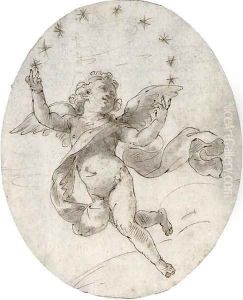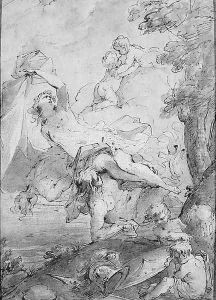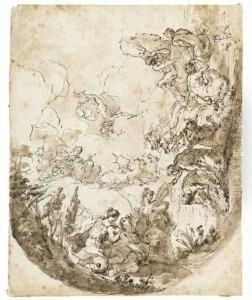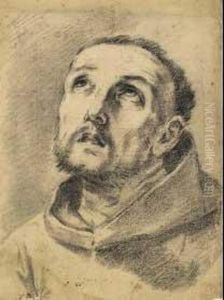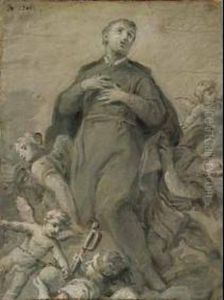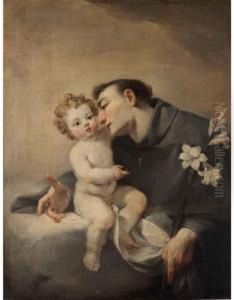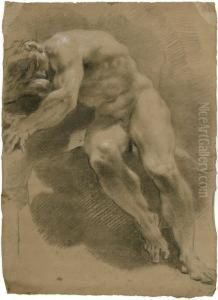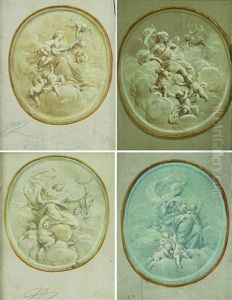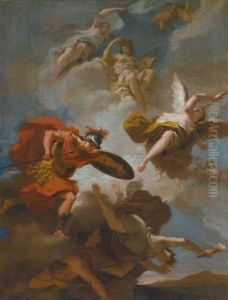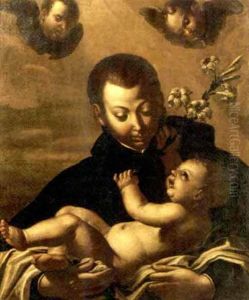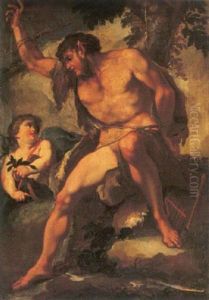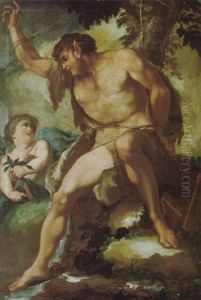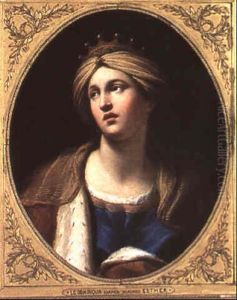Filippo Pedrini Paintings
Filippo Pedrini was an Italian painter and art restorer who lived during the Neoclassical period. Born in 1775 in Bologna, Italy, Pedrini was part of a cultural environment rich in artistic tradition and innovation. He was initially trained under the guidance of the painter Ubaldo Gandolfi, who was a prominent figure in Bolognese art during the 18th century. Pedrini's artistic inclinations were also influenced by the neoclassical movement that was sweeping across Europe at the time, characterized by a return to classical ideals of beauty, harmony, and proportion.
Pedrini's body of work includes religious subjects, which were common themes in the art of that period, as well as portraits and mythological scenes. As an art restorer, he was involved in the conservation of paintings, an important aspect of preserving the artistic heritage of previous generations. His skills in this area were likely informed by a comprehensive understanding of painting techniques and materials, as well as the prevailing art historical knowledge of his time.
Pedrini's career unfolded during a period of significant political and social change in Italy, including the Napoleonic Wars and the subsequent Restoration period. These events had a profound impact on the art world, as they did on all aspects of society. Despite the turmoil, Pedrini continued to work and contribute to the artistic life of Bologna.
Pedrini died in 1855, leaving behind a legacy that would be appreciated by art historians and restorers. His works are less known by the general public compared to those of his more famous contemporaries, but his contributions to the preservation of art are nonetheless important. Pedrini's life and work exemplify the dedication of many artists and restorers of his time who maintained the artistic traditions and helped to set the stage for future developments in the art world.
